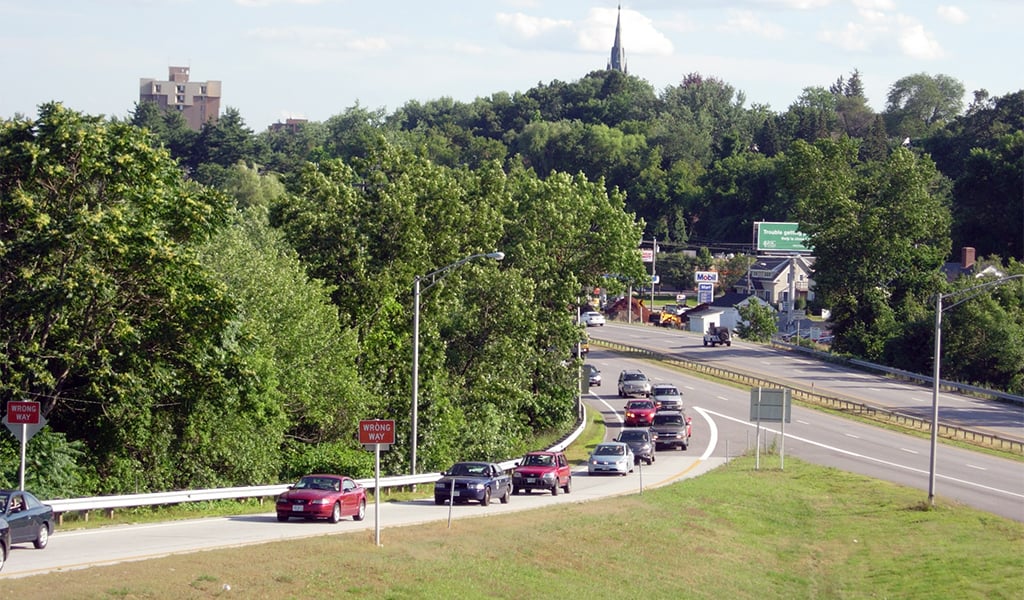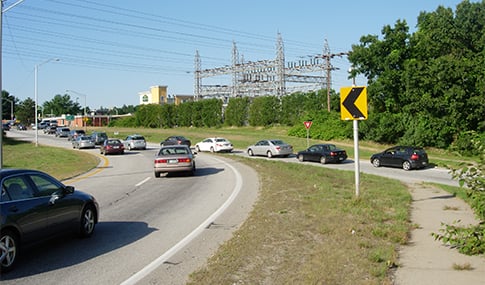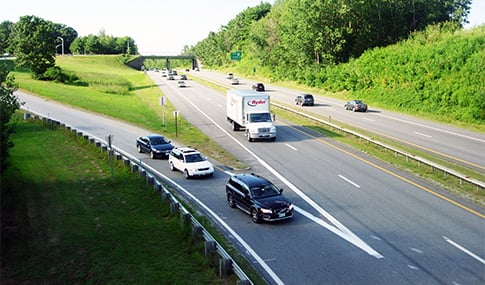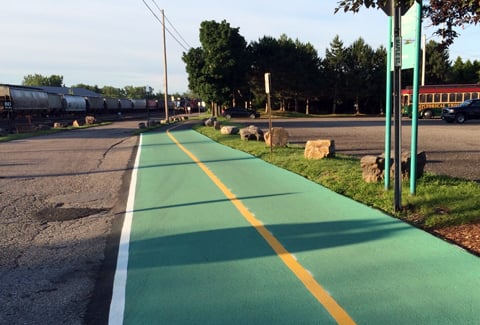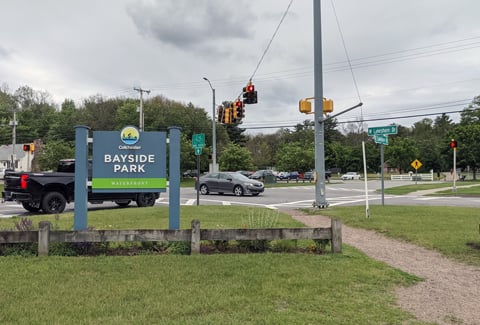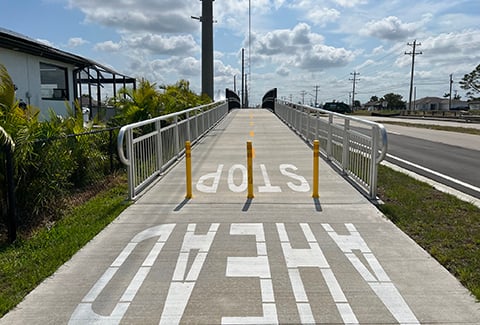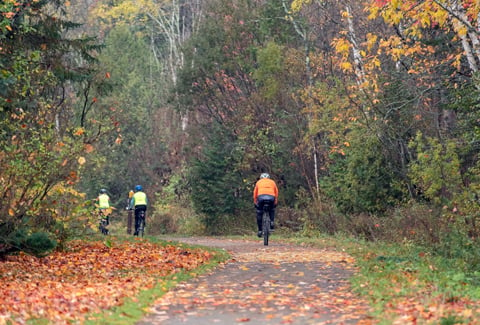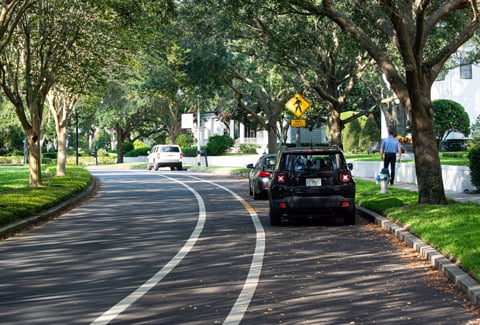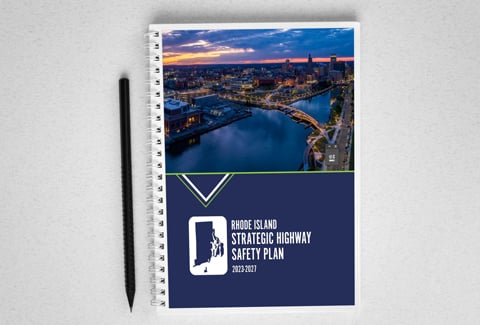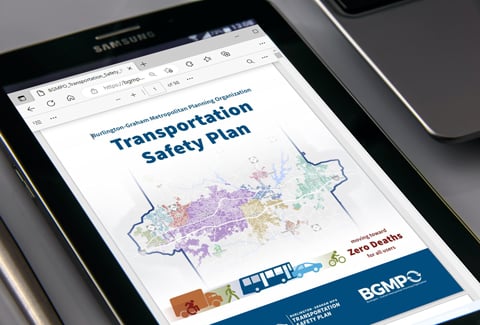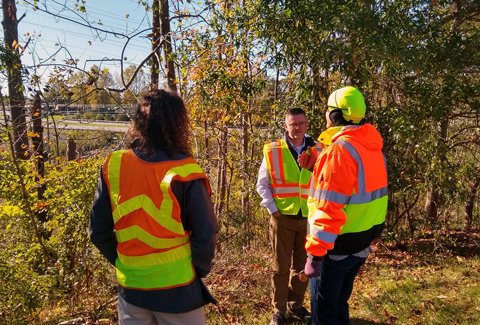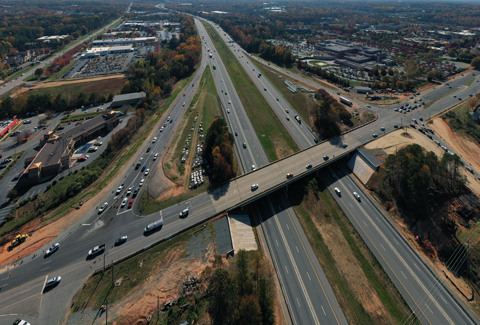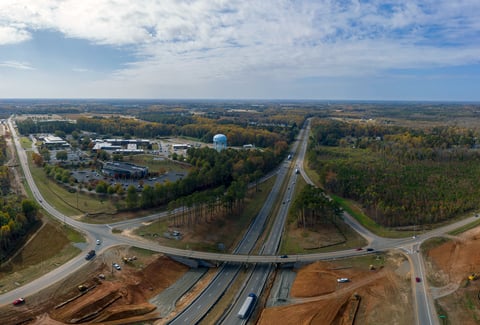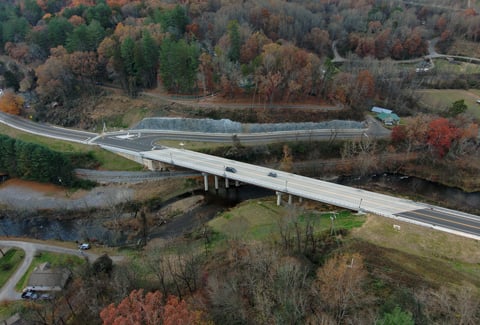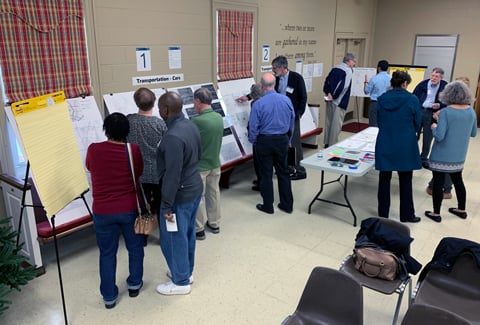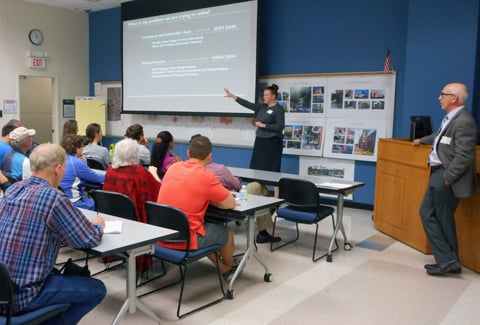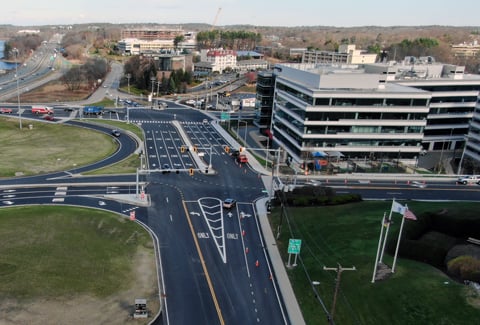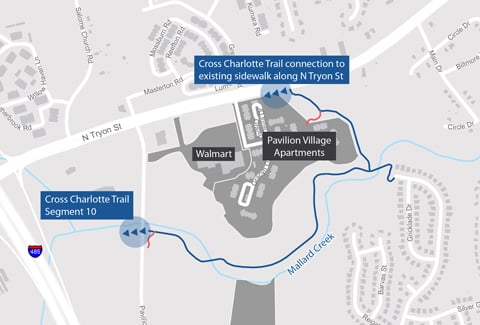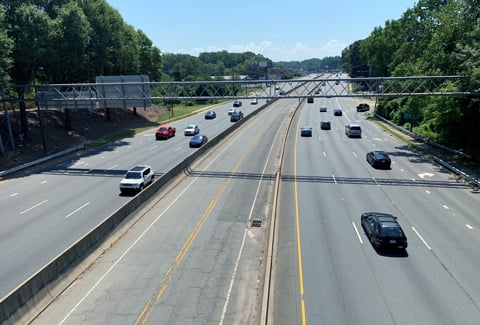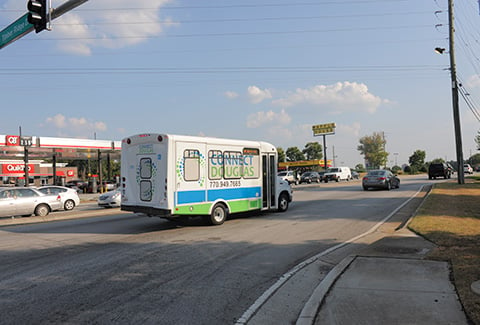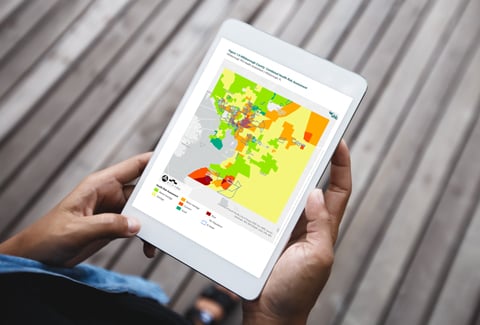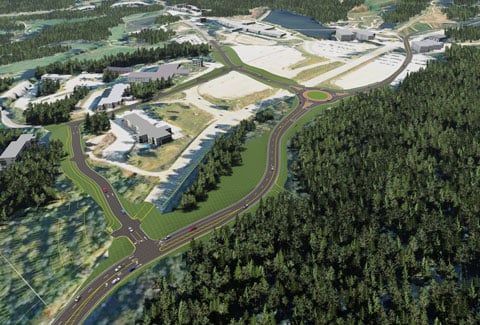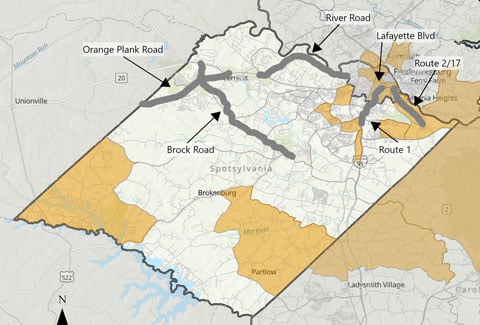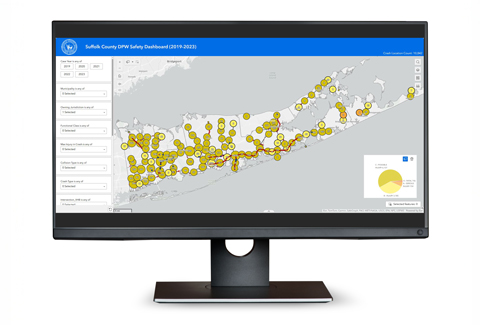For travelers in the Granite State, I-293 provides a vital link connecting businesses, schools, hospitals, and residential areas. An important segment of I-293—the 3.5-mile stretch just north of Exit 5 to 1.5 miles north of Exit 7—accommodates upwards of 63,000 vehicles each day, yet has numerous capacity and safety insufficiencies. VHB worked alongside the New Hampshire Department of Transportation (NHDOT) to study interchange alternatives to both Exits 6 and 7, as well as the possibility of widening the I-293 mainline to four lanes, to address issues included in the State’s Ten-Year Transportation Improvement Plan.
In support of the study phase, VHB provided context sensitive planning, conceptual engineering, and environmental services to determine the purpose and need for systems improvements. The study helped to identify broad improvement alternatives, as well as recommended a range of practicable solutions that could be carried out during preliminary and final engineering. The project team used FHWA’s Infrastructure Voluntary Evaluation Sustainability Tool (INVEST) to help incorporate sustainable practices into the design, construction, and maintenance of the project. Key facets of this project included traffic and safety, land use, environmental, and transportation management systems, including Travel Demand Modeling.
As part of the project, VHB supported a dynamic public outreach and participation process, intended to help in devising smart short- and long-term plans that meld the meeting of transportation needs with community sensitivity, affordability, and environmental stewardship. VHB developed an interactive web application that contains base map features such as assessor’s property boundaries, public parks, and conservation land, as well as NHDOT crash locations and environmental resource data.

